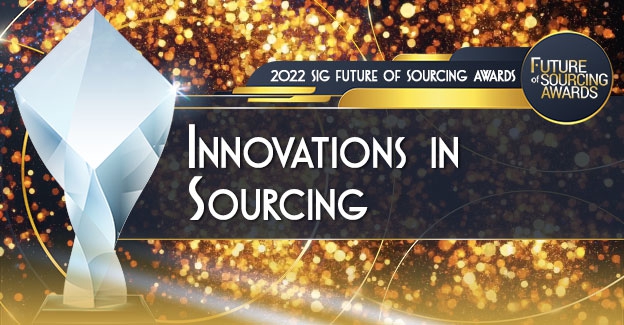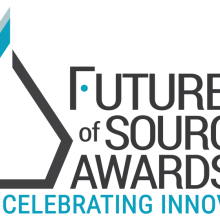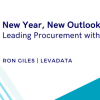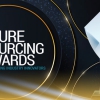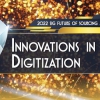We have a few learnings that we can share with other companies looking to introduce sustainability and climate action into supplier contracts.
First, create flexibility by providing the North Star rather than the route. Sustainability is a journey, and it will look different for every company depending on their industry, size, geography, etc. Drafting terms that set clear, ambitious expectations for where you want suppliers to go, while allowing for flexibility in how and when they get there, makes it easier to maintain the intent and rigor of those terms through negotiations with a wide array of businesses. One example of this is requiring suppliers to set SBTs, which provides a global framework for the level of decarbonization a business must achieve to meet planetary needs. Acknowledging a supplier’s sustainability maturity and existing strategies also helps foster collaboration.
Second, empower your sourcing team. Your sourcing team doesn’t need to be sustainability experts to implement sustainability terms in contracts, but they’ll be much more successful if they are comfortable with the concepts and have tools that support negotiation. At Salesforce, we provide our sourcing team with an Exhibit playbook and training, as well as direct support for priority negotiations. Perhaps most importantly, our sourcing leadership is fully bought in, which enables the team to prioritize the Exhibit even in complex or escalated situations. We also make sure our sourcing team knows that they’re playing a critical role in Salesforce achieving its corporate goals, and we’ve heard that engaging with suppliers on sustainability adds to the sense of purpose of their day-to-day work.
Third, align the consequences of non-compliance with intended outcomes. A particularly innovative feature of our Sustainability Exhibit is the “climate positive remedy”, which requires suppliers to fund carbon offset projects, renewable energy, or tree planting if they don’t follow through on the sustainability obligations. In that way, even if a supplier falls short of expectations, the Exhibit can drive a more sustainable outcome than business as usual. This is often a key conversation point with suppliers that can help create and maintain a collaborative negotiation, because it reinforces our message that the Exhibit really is intended to support the shared goal of benefiting the planet.
It took us about 9 months from conceptualizing the Exhibit to roll it out to suppliers. During this time, we were developing the language to optimize outcomes, getting buy-in from key partners (such as Legal, Procurement, Finance, Sustainability, Government Affairs, and Philanthropy), consulting with internal and external subject matter experts, strategizing messaging to suppliers, and training our sourcing and legal teams. Top-down alignment on our sustainability priorities helped ensure this work ran smoothly and collaboratively. Implementation is an ongoing process as we continue to add the Sustainability Exhibit to templates for additional agreement types, introduce it to new suppliers, add it to existing contracts through amendments, and train the team on process improvements.


